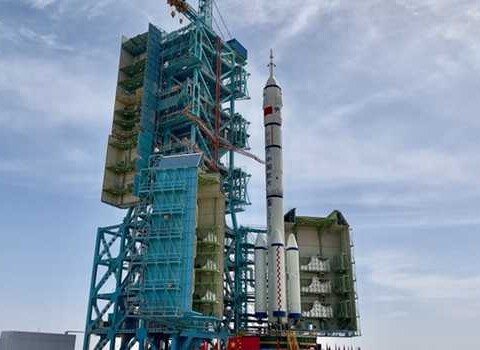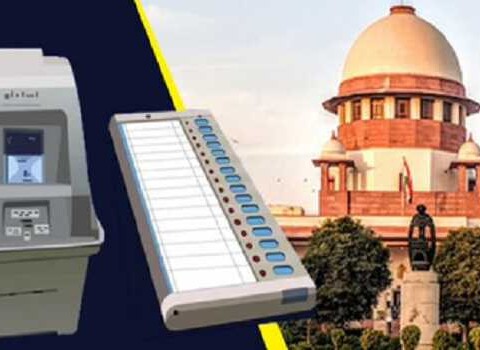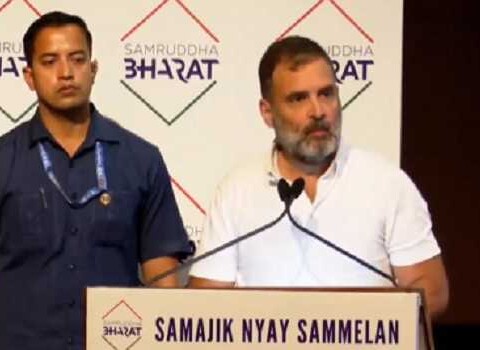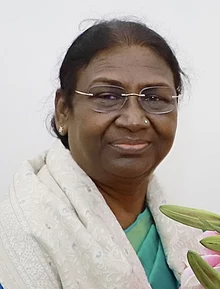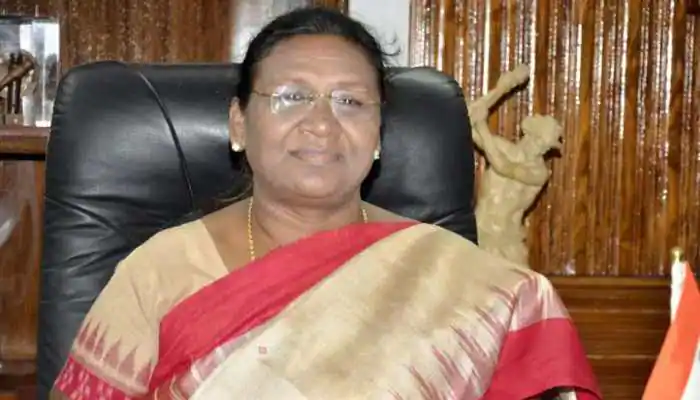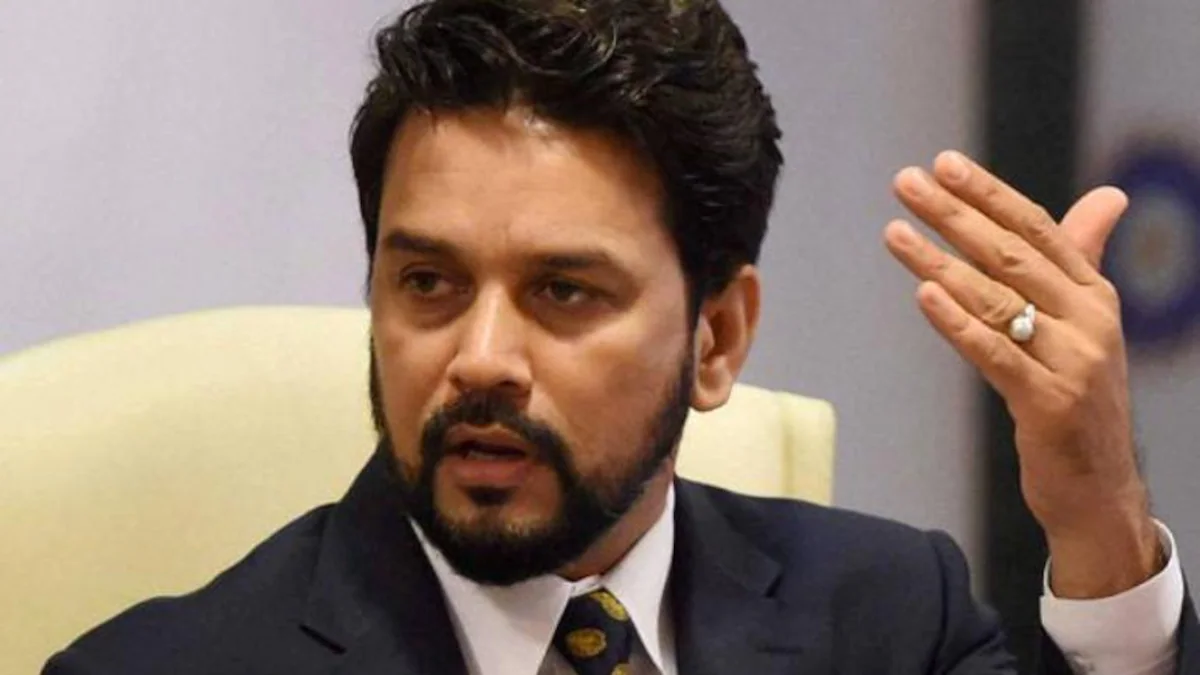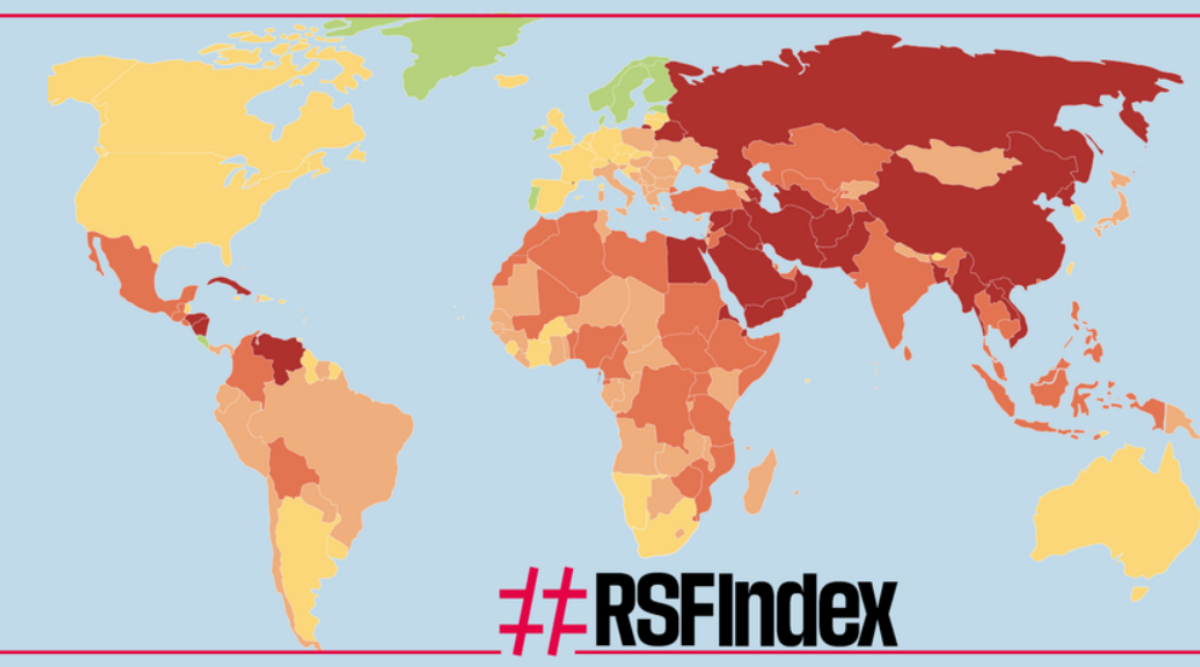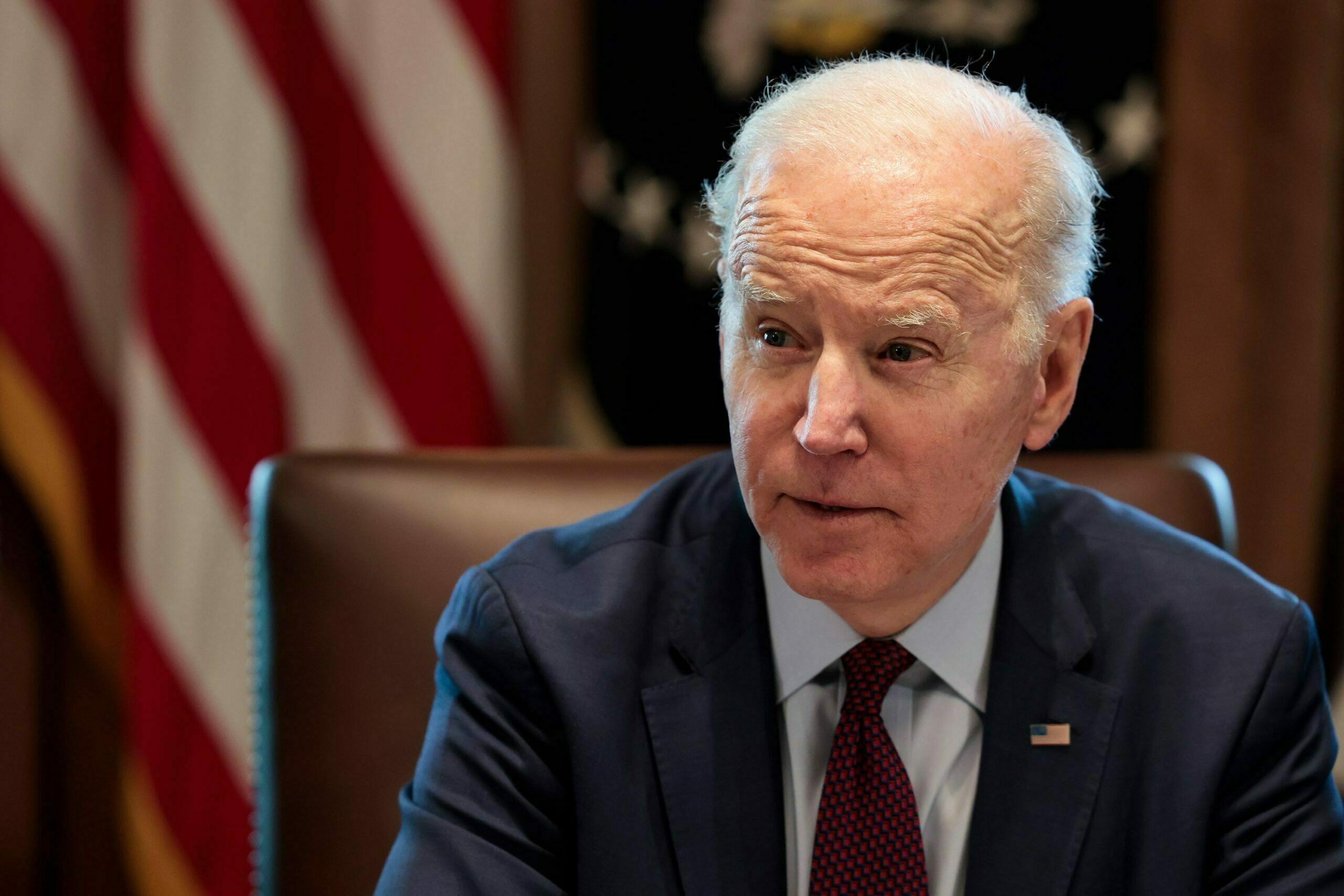Baramulla district is one of the 22 districts in the Indian state of Jammu and Kashmir. Baramulla city is the administrative headquarters of the district. The district is situated at 34.1980° N Longitude and 74.3636° E Latitude, extending over an area of 4190 km², comprises of 524 villages (Census Villages). The town is located on the either banks of river Jehlum, about 55 Kms away from the capital city of Srinagar.
Origin of names :
The North-western district of valley, Baramulla, meaning “Boar’s Molar Place”, derives its name from two Sanskrit words Varaha(Sanskrit:Boar) and Mul(Sanskrit:Molar). In Nilmathpurna, the earliest epic of Kashmir, the Kashmir Valley was once a lake called “Satisaras,” the lake of Parvati.
The ancient Hindu texts state that the lake was occupied by a demon, Jalodbhava, until Lord Vishnu, assumed the form of a boar and struck the mountain with his molar at Baramulla (ancient Varahamula) boring an opening in it for the water to flow out.
History:
The city of Baramulla, from which the district derives its name, was founded by Raja Bhimsina in 2306 BC. The city held the position of a gate-way to the valley as it was located on the route to the Valley from Muzaffarabad, now in POK, and Rawalpindi, now in Pakistan.
As such, a number of prominent visitors have been to Baramulla. These include the famous Chinese visitor Heiun T’Sang and Moorcraft, the British historian. Mughal Emperors had special fascination for Baramulla. Being the gateway of the valley, it was a halting station for them during their visits to the Valley. In 1508 AD, Emperor Akbar who entered the Valley via Pakhil spent a few days at Baramulla and according to “Tarikh-e-Hassan” the city during Akbar’s stay, had been decorated like a bride. Jahangir also stayed at Baramulla during his visit to Kashmir in 1620 AD.
In the 15th century, Baramulla became important to Muslims, as the famous Muslim saint Syed Janbaz Wali, who visited the valley along with his companions in 1421 AD, chose Baramulla as the centre of his mission, and after his death he was buried there. His shrine attracts pilgrims from all over the Valley. In 1894 AD, the sixth Sikh Guru Shri Hargobind visited the city. Baramulla thus became an abode of Hindus, Muslims, Buddhists and Sikhs living in harmony and contributing to a rich composite culture.
It was the oldest and the most important town in north of princely state of Jammu and Kashmir and the ‘Gateway of Kashmir Valley’ by Rawalpindi-Murree-Muzaffarabad-Baramulla Road until 27 October 1947. It became a part of Union of India when the Maharaja signed the Instrument of Accession on 26 October 1947.
Recent years
Roads have been improved and road network has grown considerably in Baramulla town since 1947. New schools and colleges have started and better facilities for education have been created. More bridges on Jhelum river have been constructed or planned to connect the old town on the north bank of the river with the new town on the south bank. Decongestion of the old town has been attempted by moving some residents to houses in the new town.
The most recent development has been creation of railway connectivity with Srinagar, Anantnag and Qazigund and the planned connectivity with Banihal and Jammu.
Geography:
Baramulla has an average elevation of 1593 meters (5226 feet). Baramulla district is the largest district in the entire valley both with reference to the population and area .The district is bounded by Srinagar district and Ganderbal district in the east to the line of control in the West and from Kupwara district in the north and Bandipore district in the northEast to Poonch district in the south and Budgam district in the southwest and Neelum District (POK) in the North.
Baramulla city is located on the banks of Jhelum river at the highest point of the river. The old town lies on the north (right) bank of the river and the new town lies on the south (left) bank. They are connected by five bridges including a suspension bridge connecting Gulnar park with Dewan Bagh. Five more bridges are being constructed or planned. A new bridge will connect Khanpora and Drangbal areas of the City.
The old town is congested and much smaller than the new town. Government offices, civil hospital, district hospital, bus station and most other facilities are situated in the new town. The railway station is on the eastern end of the new town on left bank of the river.
Past the old town, the Jhelum river divides into two channels at Khadanyar just before police headquarters and forms an island that has been designated Eco Park. The river then flows past Uri town to Muzaffarabad town in Kashmir before crossing into Pakistan.
Baramulla district has distinction of having geographical diversity as it has in its jurisdiction, sub-temperate / sub-tropical areas apart from vast area falling in temperate zone.
It has severe cold climate in winter and a pleasant weather in summer. Almost all parts of the district experience snowfall during winter. Snowfall in Gulmarg is known for winter sports. Average annual rainfall in District Baramulla has been recorded as 1270 mm. The district is worth visiting in the winters for enjoying the snowfall and for winter sports, and also in the summers for enjoying the pleasant climate.
Demographics:
As per 2001 census, Baramulla district had a population of 8,53,344. Males constituted 51% of the population and females 49%. It had a literacy rate of 44%, lower than the national average of 64.84%; with 63% of the males and 37% of females. Literate 11% of the population was under 6 years of age.
According to the 2011 census, Baramulla district has a population of 1,008,039. Of the total population, 534,733 (53.05%) were males and 473,306 (46.95%) were females, the sex ratio being 885 females for every 1,000 males, a decrease from 905 in 2001 census, and much lower than the national average of 940. The sex ratio for children in 0 to 6 year age group was even less at 866. The district has a population density of 305 inhabitants per square kilometre. Its population growth rate over the decade 2001-2011 was 20.34%. Baramula has a literacy rate of 66.93% with male literacy 77.35% and female literacy 55.01%.
Baramulla town is the largest town in the district and the fourth most populous town in the state with a population of 1,67,986 as per 2011 census.
Administration:
Economy and Productions:
Baramulla is the largest producer of Horticulture products in the state. There are vast apple orchards in the district. World-class apples are grown here.
Baramulla has a Rabbit Farm at Palhallan, Pattan, one of the only two rabbit farms in Northern India. Another one is in Himachal Pradesh.
Baramulla has a Silk Worm breeding unit at Mir Gund, Pattan.
The district has three state owned powerhouses, viz., Lower Jehlum Hydel Project at Gantamulla, Mohra Power House and Asthan Nallah. 480 MW, NHPC owned Uri Civil Hydel Power Project is built on river Jehlum at Uri and its II Phase(220 MWs) is under execution.
Education:
Baramulla town has a Kendriya Vidyalaya (Central School) and a Sainik (Military) School, both affiliated to the Central Board of Secondary Education. St. Joseph’s School, Baramulla, is one of the oldest missionary schools in Kashmir valley. Other private schools include Baramulla Public Hr. Sec. School,Beacon House Baramulla (BHB) Hanfia Model High School Ushkara,Delhi Public School and many schools. There are a number of government-run public schools. Higher Secondary schools are also known as intermediate colleges.
Baramulla town has Govt. Degree College for Boys and Govt. Degree College for Women. The city has a nursing college associated with the district hospital. A medical college and polytechnic college include SSM Pariaspora Pattan Baramulla and also a govt. polytechnic college at Kanispora. Gujjar & Bakerwal (Boys)Hostel Ushkara Baramulla. Two more degree colleges for boys and girls may be started in the city. North campus of University of Kashmir is situated in Baramulla city.
Other towns in the district have schools and colleges.Each town of the district are having 1 or 2 govt. schools.
Source: baramulla.nic.in


